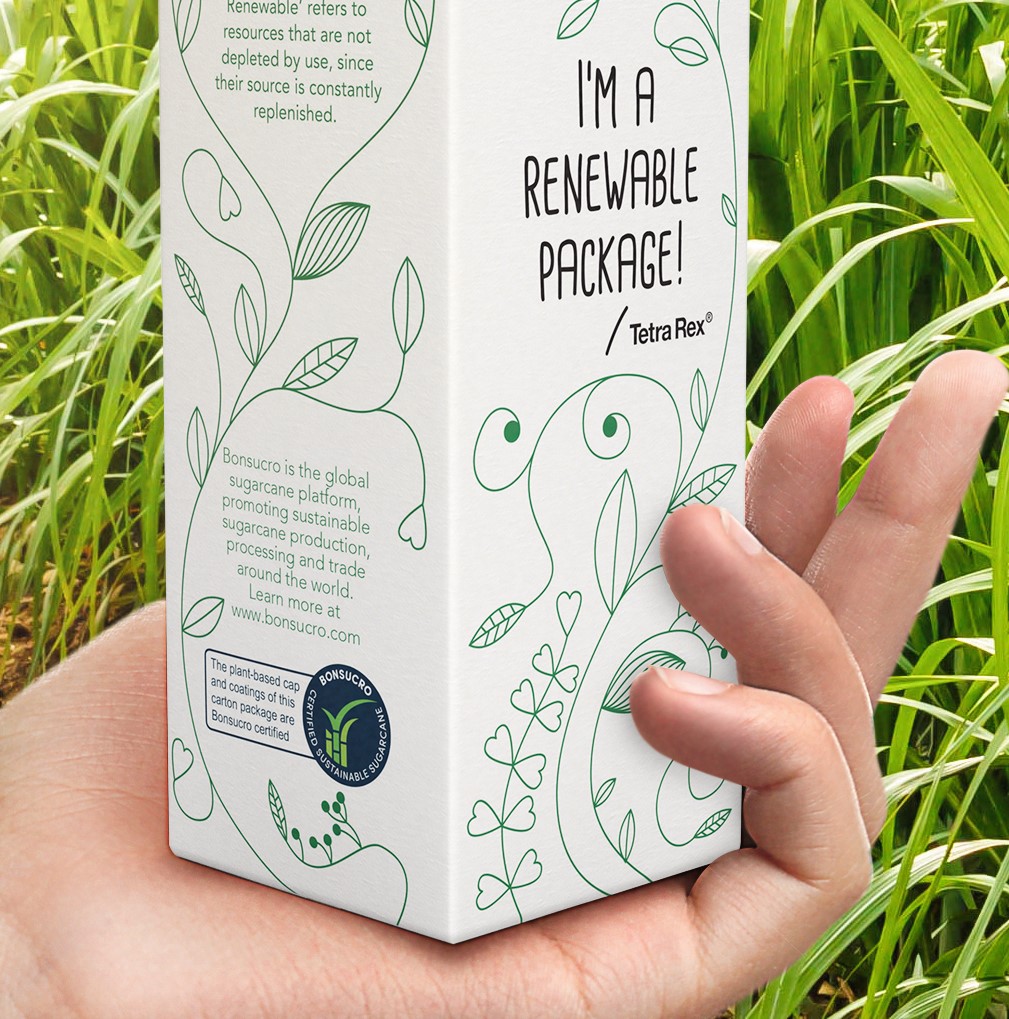Comparative study of Impact on Environment TIN CAN’s/Aluminum or Plastic Bottles?
Everybody knows that trash has an adverse impact on our environment—take a glimpse at the plastic bottles cleaning up the beaches. But when it required the comparison of plastic bottles versus Metal CAN, need to know which has a higher impact on the environment?
So, be defined with the process parameters—both Metal & plastic bottle production are destructive processes as a sum. But there are several causes why it might explain better to buy one preferably when you go to the grocery store aisle.
For making the bottle or CAN require the ton of natural resources, and then have to consider the processes that went into creating both materials. As per method, plastic bottles are formed of resins obtained from petroleum, a non-renewable resource. Drilling for oil is notable disturbing of the environment while you take into report the change of local water and land ecosystems and the rising threat of oil spills. Fracking, one process by which we obtain oil, needs a lot of water, too; for this reason, producing plastic bottles is a pretty wasteful process overall.
Meantime, Metal CAN’s demands the boring of bauxite. That is a considerable destruction process to the environment; a 2017 study examining the impact of bauxite mining in Malaysia showed that it could destroy local habitats, create air and water pollution, and cause serious health concerns for miners and local communities, including long-term respiratory issues. In the U.S., there are small amounts of bauxite ore in mines in Arkansas, Georgia, and Alabama, but we generally outsource for our aluminum needs—placing the environmental consequences on other nations.
Plastic containers are often downgraded when reused
As Grist website, because plastic bottles are made from such a thin material, they often deteriorate quickly. As a consequence, they downgrade into fibers, rather than re-made into containers; you might find these fibers used in items like carpeting, clothing, and sleeping bags. Worse, in 2015, only 31% of plastic bottles were recycled at all.
Cans, nevertheless, are considered extremely more critical in the eyes of recovering facilities, as they can easily be recycled back into CAN without dropping any of their properties. According to Aluminum.org, nearly 75% of aluminum ever produced is still in use to this day. And we tend to recycle cans more, too, with an almost 67% recycling rate in 2013.
CAN might be greater use of resources. Repeat, while there is no real clear answer, you could debate on that CAN’s are the conqueror here—easily because it can be reused over and over again and are supposed infinitely recyclable.
So, we can say, this is probably on consumers recycling cans and manufacturers reusing this material, rather than relying on the production of new CAN.







Pingback: Double Wall Can - LINHARDT wins the German Packaging Award - PackagingGURUji